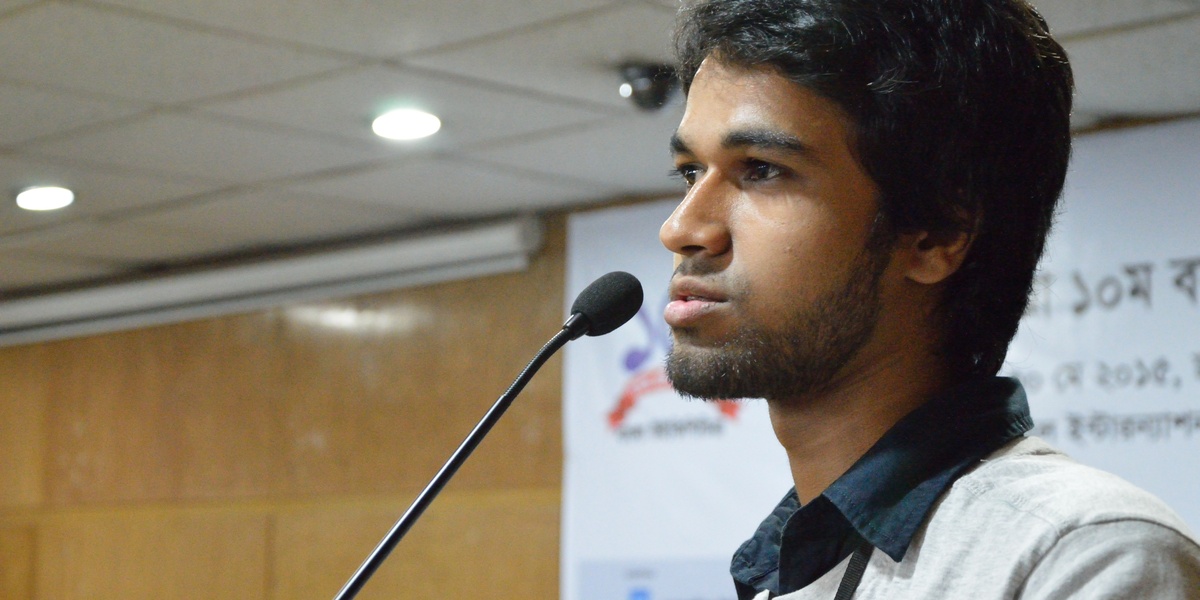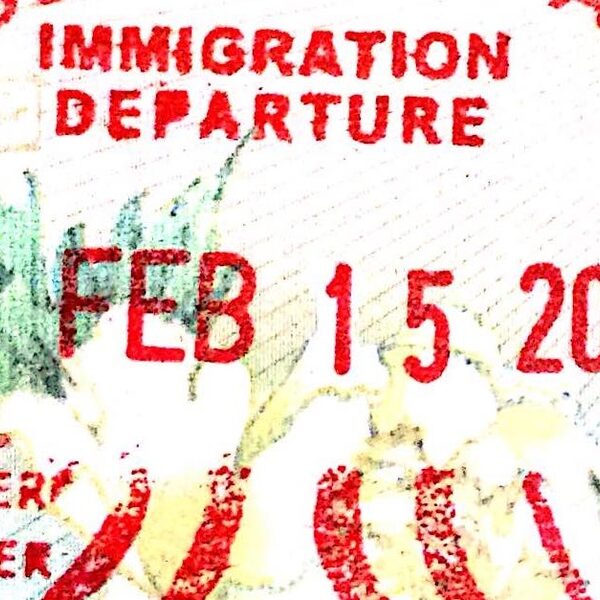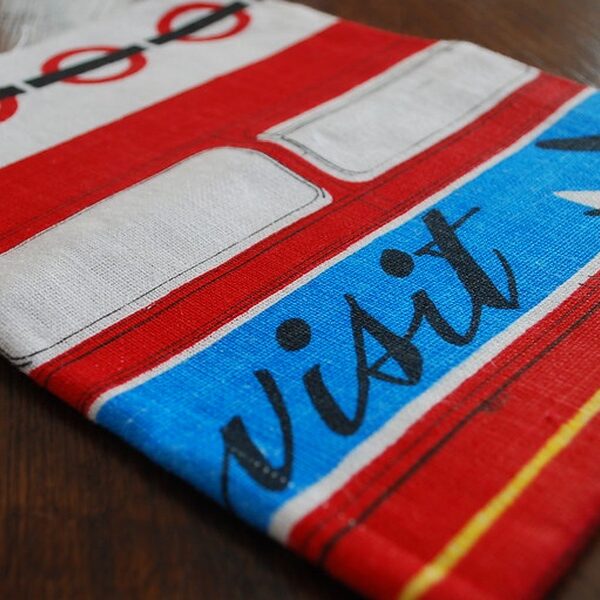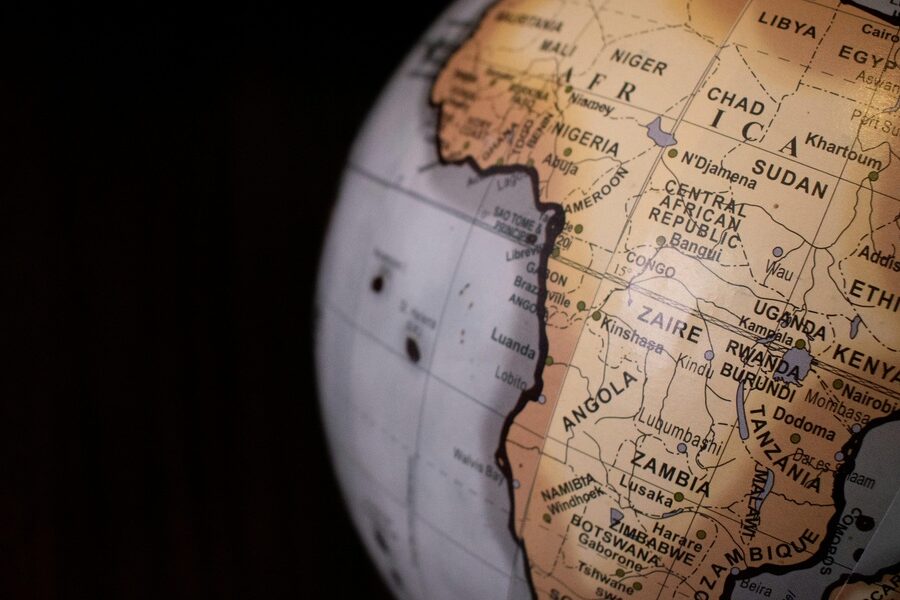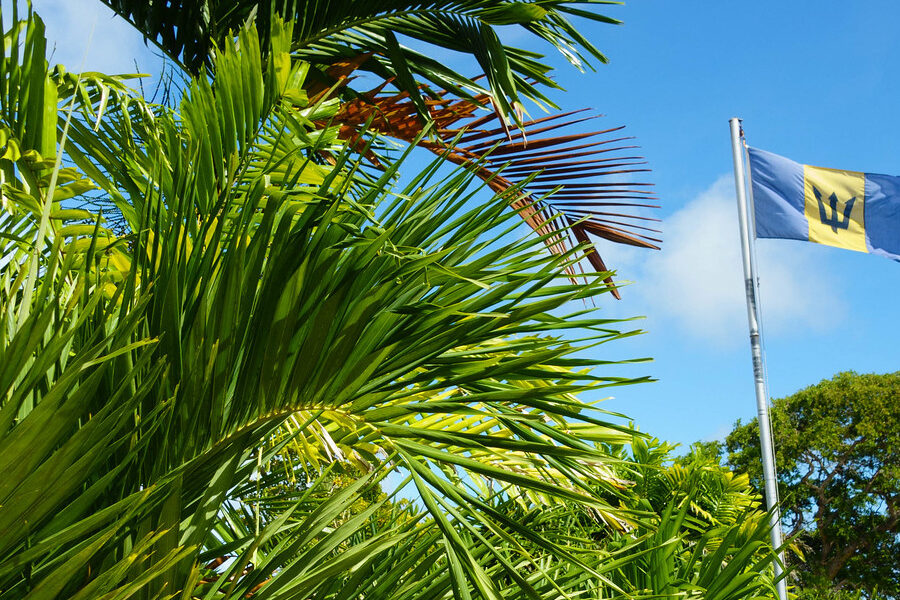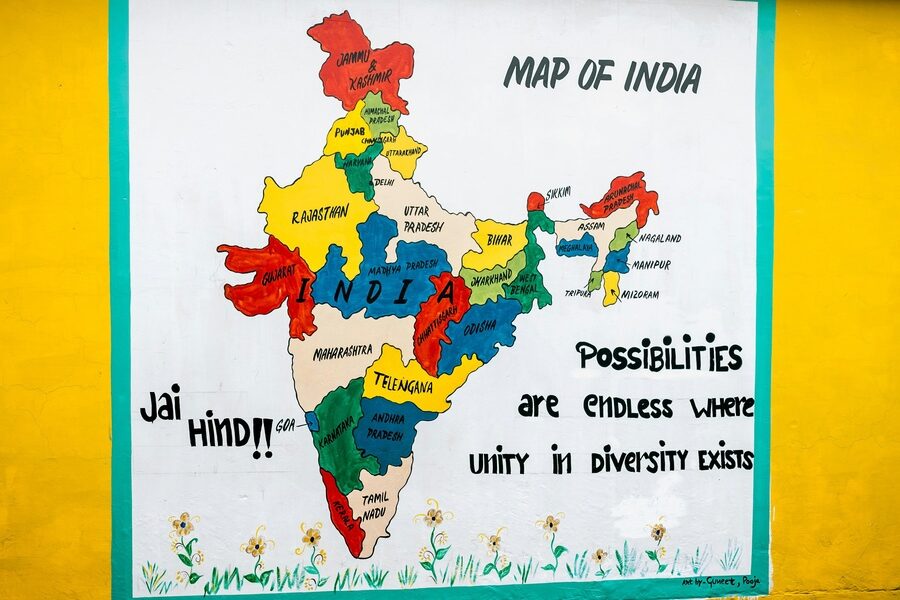Bangladesh, a nation rich in culture and history, boasts a linguistic heritage deeply rooted in the Bengali language. While Standard Bengali serves as its official tongue, the everyday spoken language across its diverse regions tells a much more nuanced and fascinating story, reflecting centuries of local development and distinct cultural identities.
To truly appreciate this intricate linguistic tapestry, we’ve compiled a list of 15 Dialects in Bangladesh. These range broadly, from the distinct sounds of Barisal (Barishal) in the south to the unique pronunciations and vocabulary of Varendra (Rajshahi) in the north. For each, you’ll find below details organized by its Primary Region, Key Feature, and estimated Speaker Est. (million), offering a clear and insightful look at their characteristics.
What makes a regional dialect in Bangladesh different from Standard Bengali?
While all regional dialects in Bangladesh stem from the same Bengali language family, Standard Bengali is a more formalized and codified version, typically used in media, education, and government to ensure broader understanding. Regional dialects, conversely, develop organically within specific geographic areas, often featuring unique pronunciations, distinct vocabulary, and sometimes even subtle grammatical variations that set them apart from the standard and from each other.
Are all dialects in Bangladesh mutually intelligible?
The degree of mutual intelligibility among dialects in Bangladesh varies significantly. Speakers of neighboring dialects often understand each other relatively well, despite minor differences. However, some dialects, especially those from distant regions like Sylheti or Chittagonian compared to Standard Bengali or Varendra, can be quite distinct, leading to difficulties in comprehension without prior exposure or effort.
Dialects in Bangladesh
| Dialect Name | Primary Region | Key Feature | Speaker Est. (million) |
|---|---|---|---|
| Dhakaiya | Dhaka Division (Dhaka city and surrounding districts) | Urban standard-colloquial variety with distinctive intonation and loanword influence | 50.00 |
| Chittagonian | Chattogram Division (Chittagong, Cox’s Bazar, Bandarban foothills) | Consonant and vowel shifts that make it noticeably different from Standard Bengali | 35.00 |
| Sylheti | Sylhet Division (Sylhet, Sunamganj, Habiganj, Moulvibazar) | Distinct phonology (including glottalization/implosives) and many unique lexical items | 12.00 |
| Rangpuri | Rangpur Division (Rangpur, Dinajpur nearby areas) | Retention of archaic forms and distinctive pronouns/lexicon (Rajbanshi links) | 16.00 |
| Varendra (Rajshahi) | Rajshahi Division (Rajshahi, Bogura, Natore) | Archaic vocabulary and vowel patterns known as Varendri features | 18.00 |
| Khulna-Jessore | Khulna and Jashore areas (Khulna Division, southwestern districts) | Distinct vowel realizations and consonant cluster pronunciations | 15.00 |
| Barisal (Barishal) | Barishal Division (Barishal, Patuakhali, Barguna) | Melodic intonation, elision of certain final consonants | 8.00 |
| Noakhali | Noakhali and Feni districts (southeast coastal belt) | Unique verb endings and pronoun uses; distinct cadence | 3.00 |
| Comilla (Cumilla) | Cumilla, Brahmanbaria, Chandpur areas (east-central region) | Palatalization and vocabulary overlap with Chittagonian but milder | 8.00 |
| Mymensingh | Mymensingh Division (Mymensingh, Jamalpur, Sherpur) | Conservative phonology with distinctive plural and honorific patterns | 11.00 |
| Pabna | Pabna and Sirajganj areas (north-central region) | Strong local intonation and lexical choices tied to Varendra influence | 2.00 |
| Bogura | Bogura (northwest, Varendra heartland) | Retention of archaic forms and distinctive vowel shifts | 2.00 |
| Brahmanbaria | Brahmanbaria district (east, near Comilla and Sylhet influences) | Mixed features from Sylheti and Comilla; vowel raising and local lexicon | 1.50 |
| Bhola | Bhola island and nearby coastal areas (Barishal Division) | Island dialect with marine vocabulary and unique vowel qualities | 1.80 |
| Bengali of Cox’s Bazar | Cox’s Bazar and Teknaf coastal strip (southern Chattogram) | Coastal lexicon, loanwords from Rohingya and Burmese contact | 1.20 |
Images and Descriptions
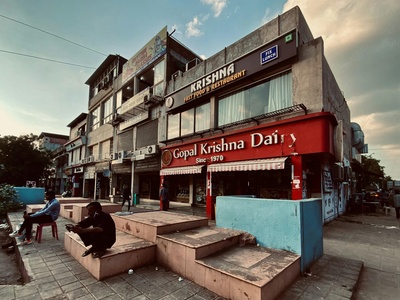
Dhakaiya
Spoken in the capital, Dhakaiya blends prestige Standard Bengali with local pronunciations, rapid speech, and many Urdu or English borrowings. It serves as a media and urban everyday speech model across Bangladesh.
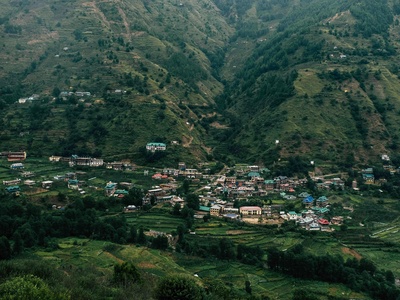
Chittagonian
A robust coastal dialect cluster, Chittagonian has unique phonology and vocabulary. Locals often find it far from Standard Bengali, reflecting the region’s maritime history and close cultural ties to the Bay of Bengal.
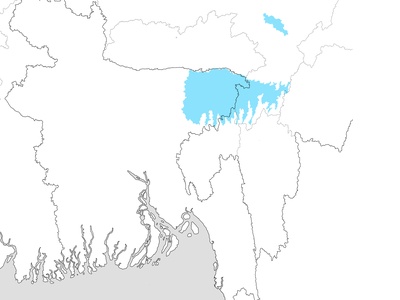
Sylheti
Sylheti stands out for its sound system and vocabulary; many speakers consider it a separate identity. It carries rich folk traditions and a large diaspora presence, influencing both local culture and international Bangla varieties.
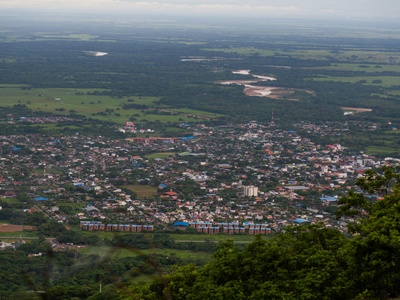
Rangpuri
Rangpuri (sometimes linked to Rajbanshi) features older Bengali elements and region-specific words. It reflects northern Bangladesh’s agrarian life and preserves pronunciations different from central varieties.
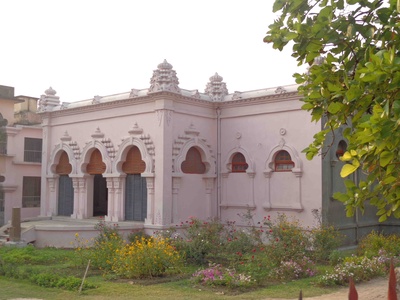
Varendra (Rajshahi)
The Varendra cluster around Rajshahi preserves older grammatical forms and distinctive vowel realizations. Strong rural literary traditions and folk songs keep this dialect culturally vibrant in northwest Bangladesh.
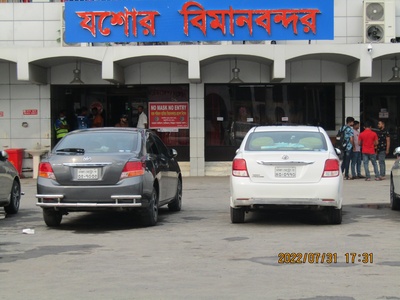
Khulna-Jessore
Spoken across southwestern Bangladesh, this dialect mixes rural Khulna sounds with Jashore rhythms. It’s known for pronounced vowel differences and region-specific idioms tied to Sundarbans and peel agricultural life.
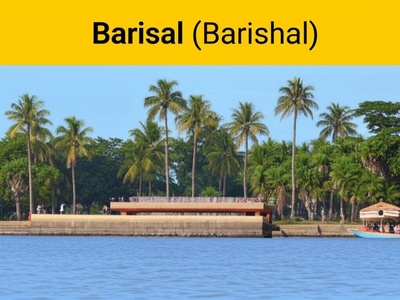
Barisal (Barishal)
Barisal speech is noted for its sing-song intonation and softening of word endings. It carries rich riverine vocabulary and cultural references from the deltaic southern plains and coastal communities.
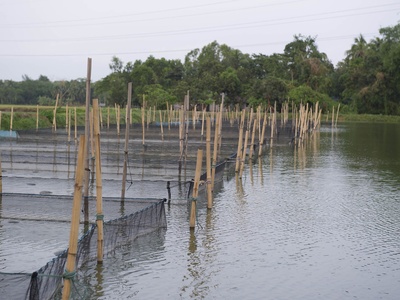
Noakhali
The Noakhali dialect features peculiar verb forms and a flowing cadence shaped by coastal life. Locals take pride in its expressive idioms and strong regional identity within southeastern Bangladesh.
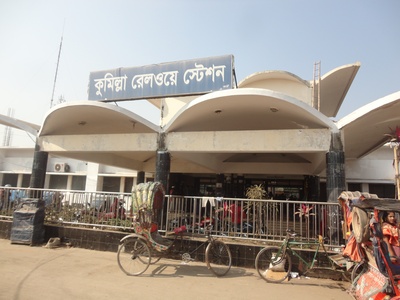
Comilla (Cumilla)
Comilla speech sits between Chittagonian and central Bangla, showing palatal sounds and local words. It reflects trade routes and riverine cultures linking the east-central districts to wider Bengal.
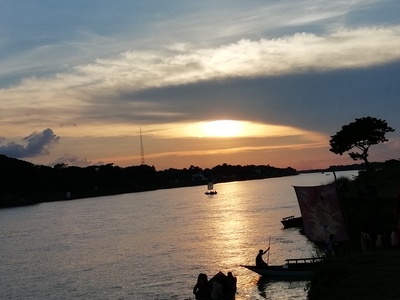
Mymensingh
Mymensingh dialect preserves older Bengali traits and particular honorific usages. It is prominent in rural communities and known for folk poetry and agricultural metaphors embedded in everyday speech.
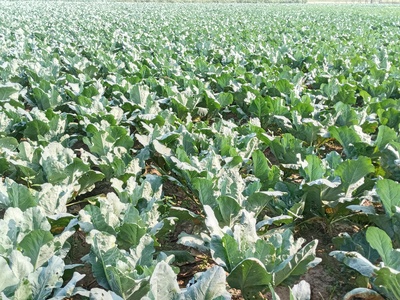
Pabna
Pabna speech reflects a north-central identity with distinct intonation and vocabulary influenced by Varendra traditions. Agrarian life and riverine folklore shape many idioms and expressions used locally.
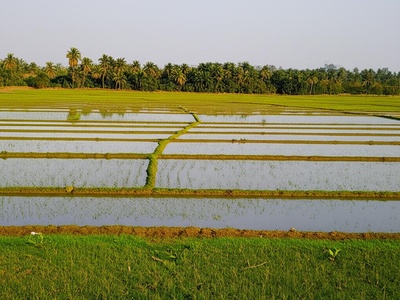
Bogura
Bogura’s speech is a core Varendra variety, with old Bengali features surviving in pronunciation and grammar. It is tied to regional folklore, local literature, and agricultural community life.
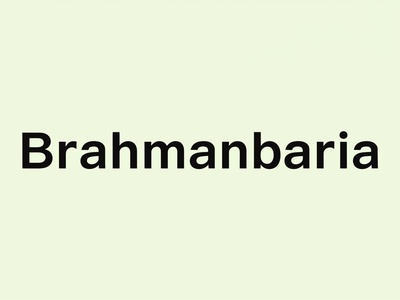
Brahmanbaria
Brahmanbaria sits at a crossroads of eastern dialects, borrowing sounds and words from nearby Sylhet and Comilla. Its speech reflects layered cultural contacts and lively local poetic traditions.
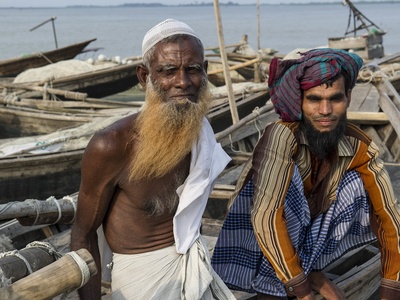
Bhola
Bhola’s island dialect contains maritime terms and vowel shifts shaped by life on the Meghna estuary. Its speech preserves fishing vocabulary and oral storytelling tied to local seafaring culture.
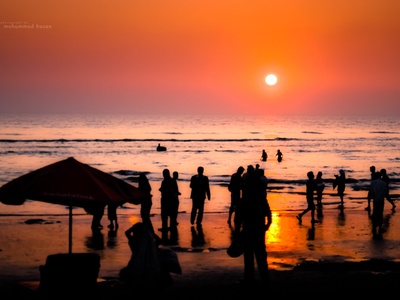
Bengali of Cox’s Bazar
Spoken in Bangladesh’s far south, this coastal Bengali includes sea-related words and borrowed elements from neighboring languages. Tourism and cross-border ties have influenced its evolving vocabulary and expressive local speech.

